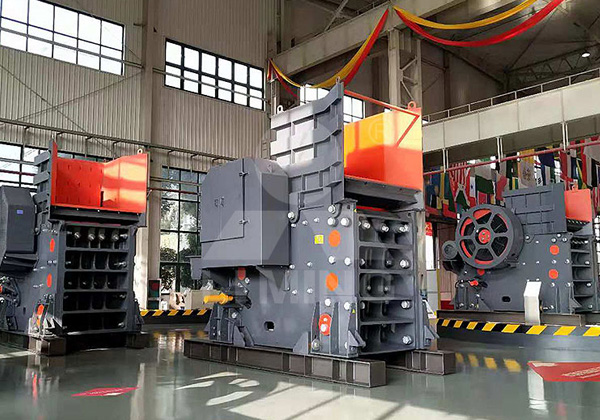A jaw crusher is a primary crushing machine widely used in mining, construction, and aggregate industries. Its main function is to reduce large rocks or ores into smaller, manageable pieces for further processing. The durability and efficiency of a jaw crusher largely depend on its design proportions—the careful balance of its structural dimensions, mechanical components, and operational features. Proper design ensures high performance, longevity, and minimal downtime.
1. Understanding Jaw Crusher Design Proportions
Design proportions refer to the ratios and dimensions of the main components of a jaw crusher. These include:
-
Jaw plate length-to-width ratio
-
Feed opening size
-
Crusher height and width
-
Stroke and throw of the movable jaw
-
Toggle plate angle and design
These proportions influence crushing efficiency, wear resistance, throughput, and energy consumption.
2. Jaw Plate Length-to-Width Ratio
The jaw plate length-to-width ratio affects crushing capacity and wear distribution:
-
Longer plates allow a larger feed size and greater material throughput.
-
Wider plates provide better stability and even wear over the surface.
A common ratio is 1.5:1 to 2:1 (length to width), ensuring a balance between efficient crushing and structural integrity.

3. Feed Opening Size
The feed opening determines the maximum size of input material and influences the reduction ratio:
-
Oversized feed openings can increase capacity but may overload the crusher.
-
Undersized openings reduce throughput and increase wear due to repeated crushing cycles.
Optimal design ensures the feed opening is proportional to the crusher’s jaw plate size and intended material characteristics.
4. Stroke and Throw
The stroke is the movement of the jaw in one direction, while the throw is the distance between the fixed and moving jaw at the discharge point. These dimensions affect:
-
Crushing efficiency: Longer strokes allow more material to be crushed per cycle.
-
Power consumption: Excessive throw increases energy use and mechanical stress.
Proper proportionality ensures the crusher works efficiently without undue strain on components.
5. Toggle Plate Angle and Design
The toggle plate transfers motion from the drive shaft to the moving jaw. Its angle affects crushing action and durability:
-
Steep angles provide aggressive crushing but increase wear.
-
Shallow angles reduce wear but may reduce crushing efficiency.
A well-proportioned toggle angle balances efficiency, power usage, and component longevity.
6. Frame and Structural Proportions
A durable jaw crusher requires a robust frame proportionate to jaw size and operational load:
-
Reinforced steel or cast frames prevent deformation under high stress.
-
Adequate width-to-height ratios maintain stability and reduce vibration.
Proper structural proportioning prolongs the life of the crusher and reduces maintenance.
7. Material and Wear Considerations
Even perfectly proportioned designs fail if materials are not durable:
-
High manganese steel is commonly used for jaw plates to resist abrasion.
-
Bearings, shafts, and toggle plates should use wear-resistant alloys.
Proportions should consider material thickness and support points to avoid premature failure.
The durability of a jaw crusher is not solely dependent on material quality or motor power—it is intricately linked to well-calculated design proportions. Correct ratios of jaw plate length, feed opening, stroke, toggle angle, and frame dimensions optimize crushing efficiency, reduce wear, and extend operational life. Manufacturers and operators who carefully design and maintain these proportions ensure a jaw crusher that delivers consistent performance in even the toughest industrial environments.
